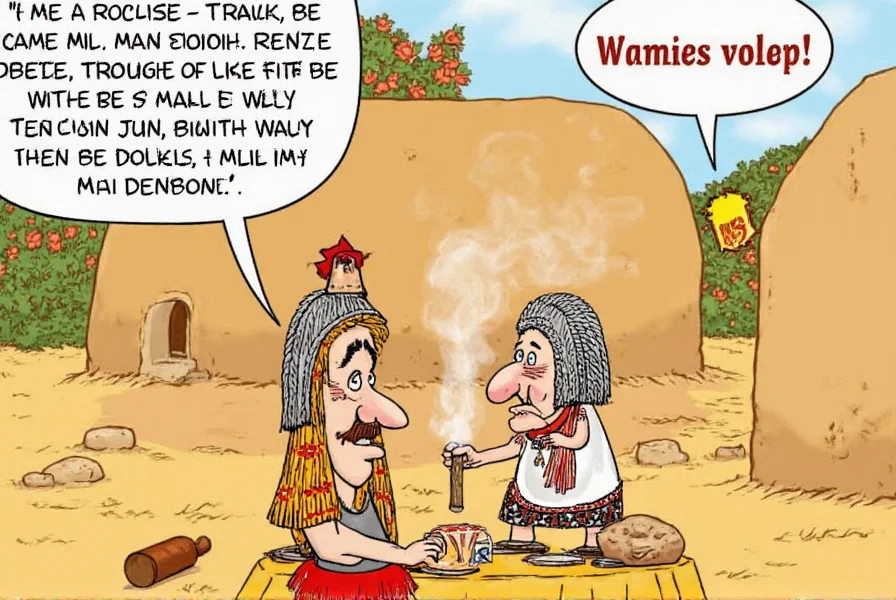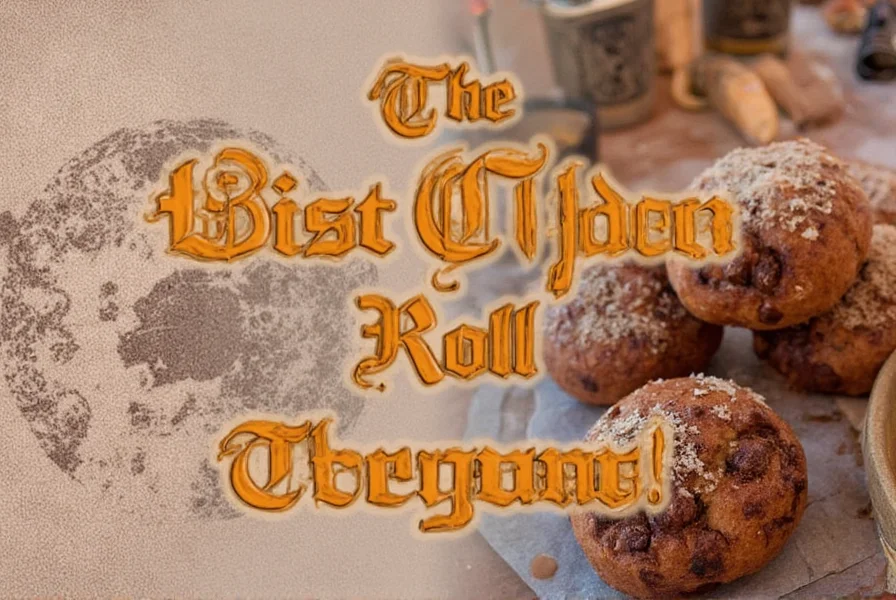When you search for “cinnamon rolls pioneer,” you're likely encountering a common historical misconception. The sweet, gooey cinnamon rolls beloved today have little connection to actual pioneer-era cooking from the 1800s American frontier. Understanding this distinction requires examining both baking history and ingredient availability during America's westward expansion.
The Scandinavian Roots of Cinnamon Rolls
Cinnamon rolls trace their origins to Scandinavia, where kanelbulle (Swedish) and kanelbolle (Norwegian/Danish) have been staples since the 19th century. These pastries arrived in America primarily through Scandinavian immigrants who settled in the Midwest during the late 1800s and early 1900s—well after the classic pioneer era of westward expansion had ended.
True pioneer families moving west in the 1840s-1860s faced significant limitations in both ingredients and baking equipment. Cinnamon was an expensive luxury item that rarely made it to frontier settlements. Historical records show that most pioneer families used available spices like ginger or nutmeg when they could obtain any spices at all.
Pioneer-Era Baking: What They Actually Made
Rather than the rich, yeasted cinnamon rolls we enjoy today, pioneers typically baked simpler breads and cakes:
| Food Type | Common Ingredients | Baking Method |
|---|---|---|
| Johnny Cakes | Cornmeal, water, salt | Cooked on griddles over open fire |
| Hardtack | Flour, water, salt | Baked in camp ovens |
| Yeast Breads | Flour, water, yeast starter | Baked in Dutch ovens |
| Apple Stack Cake | Flour, dried apples, spices | Layered cake baked in sections |
These foods were practical for frontier life—requiring minimal ingredients, simple preparation, and durability during travel. The multi-step process of making yeasted dough, rolling it out, applying cinnamon-sugar filling, and creating icing would have been impractical for most pioneer families.
Cinnamon Availability in 19th Century America
One of the most significant barriers to authentic pioneer cinnamon rolls was the spice itself. Cinnamon remained a luxury item throughout most of the pioneer era:
- Early 1800s: Cinnamon cost approximately $10 per pound (equivalent to $300 today)
- 1840s-1860s: Available only in established towns, not frontier settlements
- Post-Civil War: Prices dropped as trade routes improved, but still considered special
- 1890s: Became more widely available with industrial food production
Historical cookbooks from the pioneer period, such as The American Frugal Housewife (1833) and Seven Hundred Recipes (1854), contain no cinnamon roll recipes. The first known American cinnamon roll recipe appeared in a Swedish-American cookbook from 1924.
The Evolution of the Pioneer Myth
So how did cinnamon rolls become associated with pioneers? Several factors contributed to this historical blending:
- Commercial branding: Food companies in the mid-20th century marketed “pioneer-style” products to evoke nostalgia
- Cultural conflation: Scandinavian immigrant baking traditions merged with pioneer history in public memory
- Recipe adaptation: Modern bakers retroactively applied the “pioneer” label to historical baking techniques
- Educational simplification: Schools and historical sites created simplified narratives for visitors
Understanding the difference between authentic pioneer baking and modern interpretations helps preserve accurate food history while still appreciating our culinary heritage. When exploring historical baking, it's valuable to distinguish between what pioneers actually made and how we've reinterpreted those traditions today.
Creating Authentic Pioneer-Inspired Baking Today
If you're interested in historical baking methods, consider these approaches to pioneer-inspired cinnamon rolls:
Use a sourdough starter instead of commercial yeast, which pioneers would have used for leavening. Opt for natural sweeteners like maple syrup or honey rather than refined sugar. For the spice component, create a “pioneer spice mix” using more readily available historical spices like ginger, nutmeg, and allspice, with just a small amount of cinnamon to represent its rare special-occasion use.
This approach respects historical accuracy while still delivering a delicious treat that connects you to baking traditions of the past. Many living history museums and historical baking enthusiasts have developed recipes that balance authenticity with modern palatability.
Preserving Baking Heritage Responsibly
Food history matters because it connects us to our cultural roots and helps us understand how culinary traditions evolve. When exploring historical recipes like pioneer-era baking, it's important to:
- Research primary sources like actual pioneer diaries and cookbooks
- Consider ingredient availability and seasonal constraints
- Understand the technological limitations of historical cooking equipment
- Acknowledge the difference between historical fact and modern interpretation
By approaching historical baking with both respect for accuracy and appreciation for culinary evolution, we can enjoy delicious foods while maintaining a truthful connection to our past. The next time you enjoy a cinnamon roll, you'll have a deeper understanding of its true historical journey to your plate.

Frequently Asked Questions
Did pioneers actually make cinnamon rolls?
No, pioneers did not make cinnamon rolls as we know them today. Cinnamon was extremely expensive and rarely available on the frontier during the main pioneer era (1840s-1860s). The first American cinnamon roll recipes appeared decades later, primarily in Scandinavian immigrant communities.
What spices did pioneers actually use in baking?
Pioneers primarily used ginger, nutmeg, and allspice when they could obtain spices at all. Many frontier families grew their own herbs like mint, sage, and thyme. Cinnamon was considered a luxury item that most pioneer families couldn't afford or access regularly.
When did cinnamon become widely available in America?
Cinnamon became more widely available in America after the Civil War, with significant price reductions occurring in the 1880s-1890s as global trade routes improved. Even then, it remained a special-occasion ingredient for most families until the early 20th century.
What's the difference between Swedish kanelbulle and American cinnamon rolls?
Traditional Swedish kanelbulle are smaller, less sweet, and contain cardamom in the dough. They typically have a pearl sugar topping rather than icing. American cinnamon rolls evolved to be larger, sweeter, with more filling and a distinctive cream cheese or powdered sugar icing—a transformation that occurred primarily in the 20th century.
How can I make historically accurate pioneer-style cinnamon rolls?
For a more historically plausible version, use a sourdough starter instead of commercial yeast, substitute most of the cinnamon with ginger or nutmeg (keeping just a small amount of cinnamon as a special ingredient), and use honey or maple syrup instead of refined sugar. Bake in a cast iron Dutch oven rather than a modern oven to approximate pioneer cooking methods.











 浙公网安备
33010002000092号
浙公网安备
33010002000092号 浙B2-20120091-4
浙B2-20120091-4